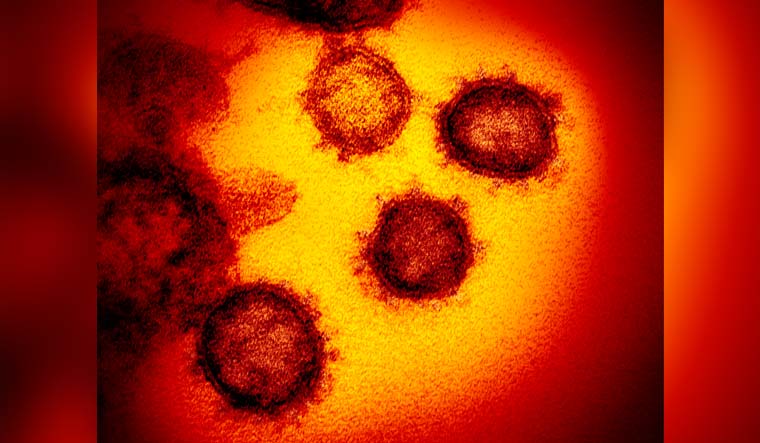In a recent report, the World Health Organisation (WHO) stated that the B.1.617 variant of coronavirus has now been discovered in over 53 territories, with unofficial reports claiming that it has been found in seven more, news agency AFP reported. The B.1.617 strain is widely considered to be the dominant strain driving India's devastating second wave of the pandemic.
According to the latest weekly WHO epidemiological report, an analysis of the phenotypic characteristics of B.1.617 (labelled a Variant of Concern) had shown an increased transmissibility, while an increase of disease severity and risk of reinfection were under investigation.
The highest numbers of new cases in the last seven days were reported from India (18,46,055 new cases; 23 per cent decrease), Brazil (4,51,424 new cases; 3 per cent increase), Argentina (2,13,046 new cases; 41 per cent increase), the United States of America (1,88,410 new cases; 20 per cent decrease), and Colombia (1,07,590 new cases; 7 per cent decrease).
Earlier, Health Minister Harsh Vardhan had informed that, of 25,739 samples sequenced nationally, the variant B.1.617 has been found in 5,261 samples, which is almost 65 percent of the samples, "making it one of the most common mutations to be detected till now". He also informed that states have been requested to send samples regularly for better analysis.
The B.1.617 variant has three spike protein mutations. E484Q and L452R, in the crucial spike protein part of the pathogen, increase its transmissibility. The third mutation—P681R—allows the virus to enter cells more efficiently. It is not believed to feature the E.484K mutation found in the South African variant of the virus, which could help the virus dodge a person's immune system.
The B.1.617 was first detected in October. Last month, UK's Public Health England (PHE) had categorised two further subtypes to that B.1.617.2 and B.1.617.3. Health authorities in England had elevated one subtype to a VoC following a rise in the number of cases in the UK and evidence of community transmission.
In an earlier report, the WHO had stated that the B.1.617 sublineages appear to have higher rates of transmission, including observed rapid increases in prevalence in multiple countries (moderate evidence available for B.1.617.1 and B.1.617.2). The organisation also said that preliminary evidence suggested potential reduced effectiveness of Bamlanivimab, a monoclonal antibody used for COVID-19 treatment, and potentially slightly reduced susceptibility to neutralisation antibodies.










